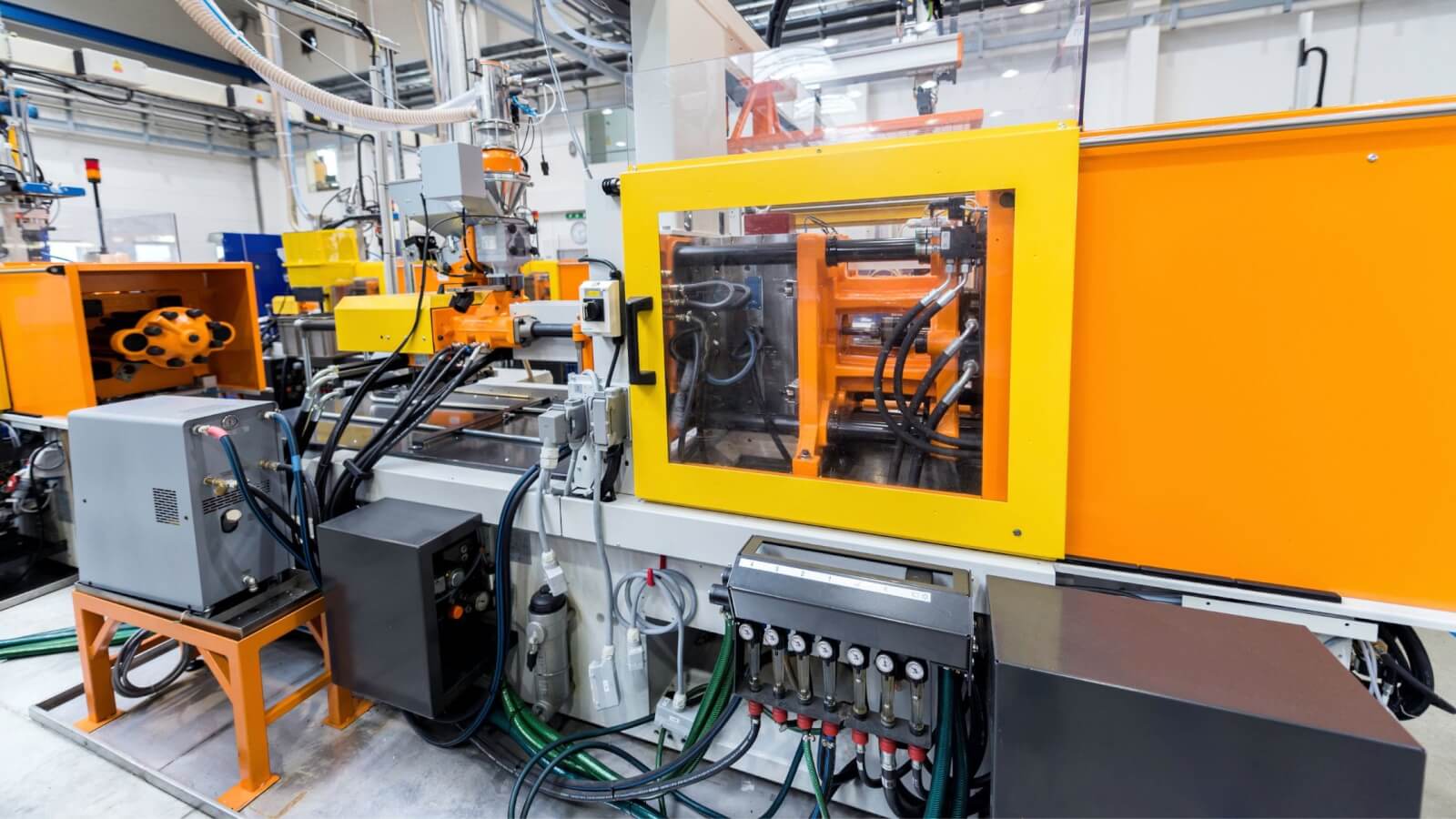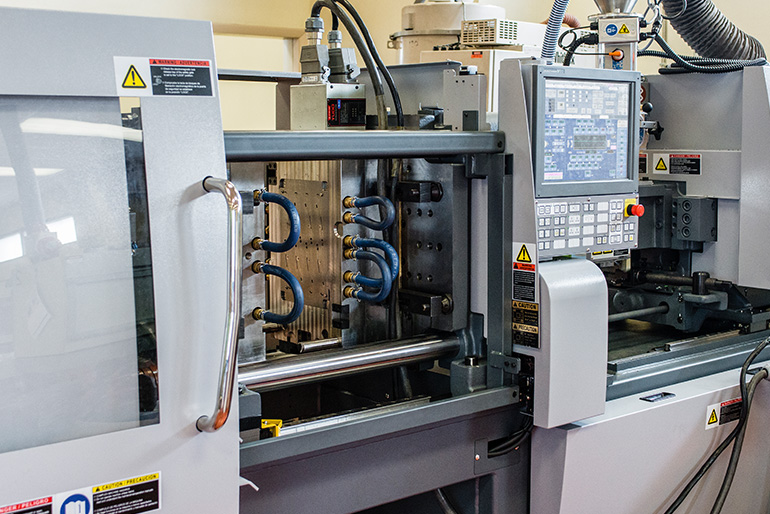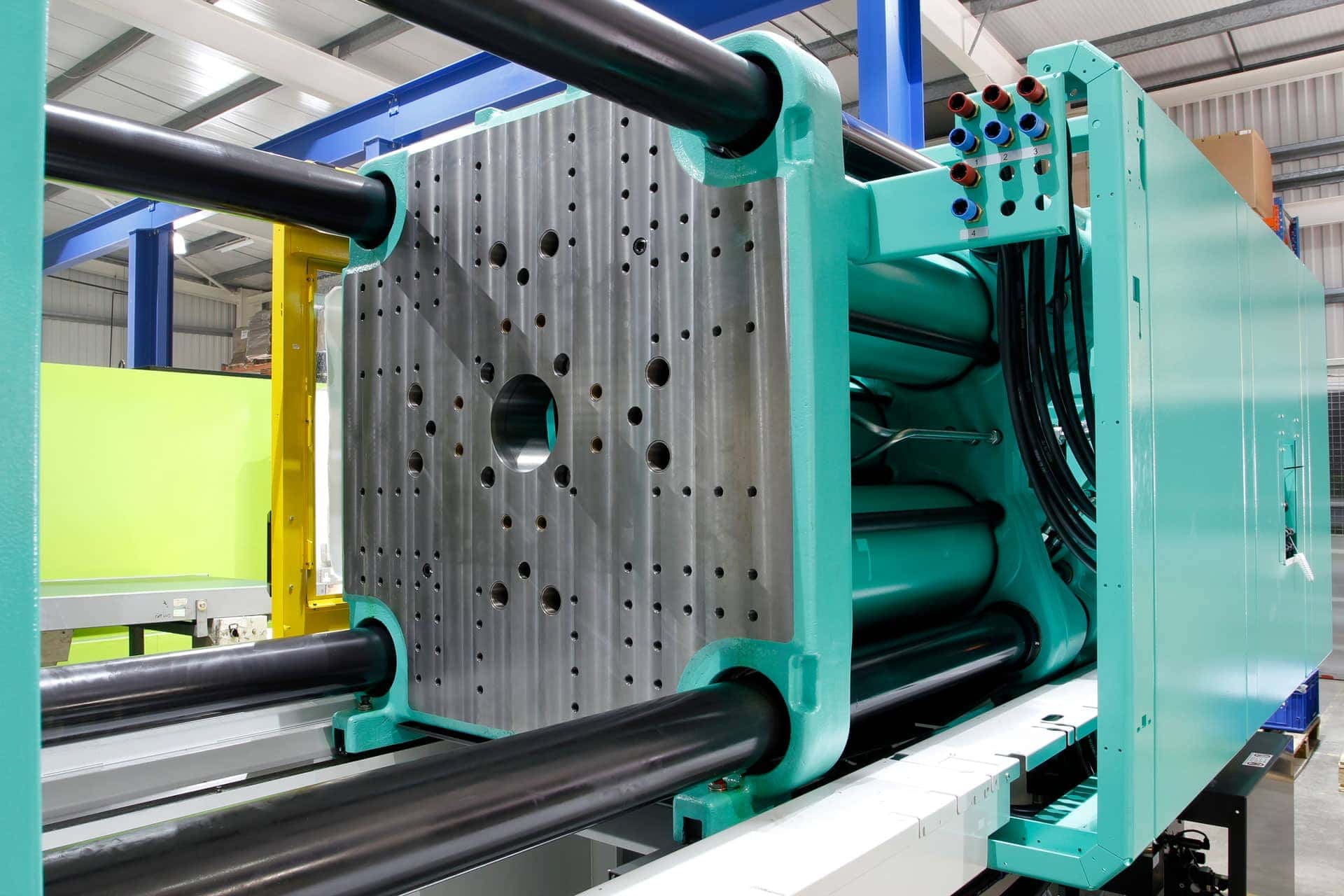Just How Plastic Injection Molding Drives Efficiency in Mass Production
Just How Plastic Injection Molding Drives Efficiency in Mass Production
Blog Article
Comprehending the Basics of Plastic Shot Molding Processes
Plastic injection molding acts as a cornerstone of contemporary production, offering a methodical method to producing complicated components with precision. This process not only includes the basic steps of melting and infusing products into mold and mildews but likewise includes a nuanced understanding of different affecting factors, such as temperature and pressure. As sectors significantly require efficiency and quality, the ins and outs of this approach end up being much more vital. Checking out these crucial aspects could disclose just how even small changes can lead to significant enhancements in production outcomes, questioning concerning the capacity for innovation in this well-known process.
What Is Plastic Shot Molding?
Plastic injection molding is an extensively used production process that changes thermosetting and polycarbonate materials right into precise and complicated forms. This method is preferred for its ability to generate high volumes of similar components with outstanding accuracy, making it an important technique in various sectors, including automobile, consumer goods, and medical tools.
The process entails melting the chosen plastic product and injecting it right into a mold and mildew under high pressure. The mold, made to the specifications of the preferred component, permits the molten plastic to form as it cools down and strengthens. Once the material has solidified, the mold and mildew is opened up, and the finished component is expelled.
Plastic shot molding offers a number of advantages, consisting of lowered waste, consistency in production, and the capability to integrate detailed designs that may be challenging with other producing techniques. Furthermore, it sustains a broad variety of products, each supplying one-of-a-kind residential properties that can be customized for details applications. As sectors remain to introduce, plastic shot molding stays at the leading edge, enabling the advancement of advanced products that meet advancing consumer demands.
The Injection Molding Refine
The shot molding process is an advanced method that involves several key stages to generate high-grade plastic parts. Plastic pellets are fed into a warmed barrel where they are thawed into a viscous fluid. This molten plastic is then injected under high stress right into a precision-engineered mold and mildew, which shapes the material right into the preferred form.
As soon as the mold and mildew is filled, the plastic is allowed to cool down and strengthen, taking the shape of the mold dental caries. Cooling time is essential, as it affects the cycle time and the last residential properties of the molded part. After adequate cooling, the mold and mildew opens, and the ended up element is expelled using ejector pins.

Products Made Use Of in Shot Molding
Numerous products can be made use of in the shot molding procedure, each offering special properties that satisfy specific applications. The most commonly made use of products consist of thermoplastics, thermosetting plastics, and elastomers.

Thermosetting plastics, like epoxy and phenolic materials, go through a chemical adjustment throughout the curing process, leading to a rigid, inflexible framework. These products are optimal for applications requiring high heat resistance and architectural stability, often utilized in electrical insulators and automotive parts.
Elastomers, consisting of silicone and rubber-based products, provide flexibility and durability. Their one-of-a-kind residential properties make them appropriate for applications that require flexibility, such as gaskets and seals.
Additionally, specialty materials like bio-based plastics and composites are acquiring traction for their environmental benefits and improved performance qualities, expanding the range of shot molding applications in different markets. Recognizing the properties of these products is crucial for selecting the suitable type for particular jobs.
Advantages of Injection Molding
Injection molding sticks out as a very efficient manufacturing process that offers countless benefits for generating complicated get rid of precision. One of one of the most considerable benefits is the ability to create detailed layouts that would be difficult or difficult to achieve with other approaches (Plastic Injection Molding). The procedure allows for limited resistances and comprehensive features, making certain top quality elements
Additionally, shot molding is known for its quick production capabilities, making it an ideal option for high-volume manufacturing. As soon as the mold is developed, components can be produced swiftly, decreasing lead times and boosting overall performance. This effectiveness not just reduces manufacturing costs yet likewise gives an one-upmanship on the market.
The versatility of materials made use of in shot molding better improves its charm. A vast range of thermoplastics and thermosetting polymers can be used, allowing manufacturers to pick products that best meet their details demands, consisting of strength, versatility, and warmth resistance.
Additionally, the procedure minimizes waste, as excess material can typically be reused and recycled. This sustainability aspect contributes to a decreased ecological impact, making injection molding a responsible manufacturing option. On the whole, the benefits of shot molding make it a preferred method for numerous markets.
Aspects Influencing Item Top Quality
While numerous factors can influence product quality in injection molding, understanding these aspects is vital for attaining optimum outcomes. Secret elements consist of material choice, refining specifications, and mold design.
Product selection plays a vital duty, as different polymers display special properties that affect flowability, strength, and thermal security. Poor product option can result in problems such as warping or insufficient dental filling.
Processing parameters, including cycle, stress, Discover More and temperature level time, should be carefully controlled. Variants in these setups can result in inconsistencies partly dimensions and surface area coating. Exceedingly high temperature levels may create degradation of the polymer, while poor stress can result in short shots.
Mold and mildew design is just as crucial, as it determines the circulation of the molten plastic and the cooling process. Poorly created molds might lead to irregular air conditioning rates, resulting in dimensional errors and recurring tensions.

Conclusion
In final thought, plastic injection molding acts as a crucial manufacturing process that makes it possible for the effective manufacturing of top notch elements. Mastery of the injection molding procedure, consisting of the understanding of products and the influence of various factors on item top quality, is essential for attaining optimum outcomes. The advantages of this method, such as cost-effectiveness and layout adaptability, additional their website underscore its significance throughout several industries, solidifying its standing as a favored choice for high-volume manufacturing.
Plastic shot molding serves as a cornerstone of modern manufacturing, offering a systematic strategy to creating intricate elements with precision.Plastic injection molding provides several benefits, including lowered waste, uniformity in production, and the capacity to incorporate intricate styles that may be testing with other making approaches (Plastic Injection Molding). As sectors continue to introduce, plastic injection molding stays at the forefront, making it possible for the development of innovative products that satisfy evolving customer needs
The injection molding procedure is a sophisticated strategy that involves a number of key phases to generate top notch plastic components.In final thought, plastic shot molding serves as an important manufacturing process that makes it possible for the efficient manufacturing of high-quality elements.
Report this page